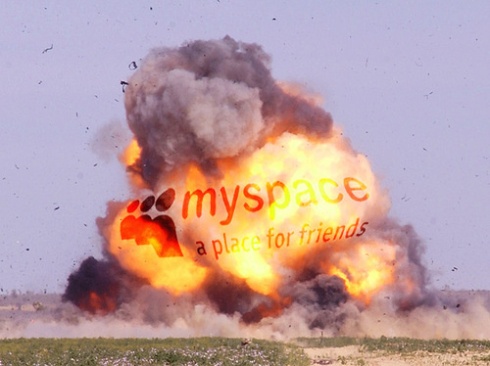I’ve spent the past 2 years and 9 months working diligently on an AACSB accredited MBA at the University of St. Thomas in Minneapolis, MN. The university requires successful completion of 17 classes, 2,200 hours of class time and a LOT of group projects of their MBA candidates – whether you attend full or part-time. My decision to attend St. Thomas was made for a variety of reasons (including their AACSB accreditation) but as I look back on the past 3 years or so – one criterion stands above the rest … the people.
The power of social media has enamored both marketing and sales organizations over the past few years. In fact, when I began my MBA coursework, Facebook was still a “college” thing rather than the behemoth it is today. Twitter was called Twttr. And the iPad didn’t exist.
Social media’s influence and impact continues to grow and to be debated but will surely be with us in the near term. However, we must not forget the power of being social in the real world.
The true power of social networking exists in real life as it has for generations. The ability to hold a conversation, to emote, to share and to laugh (without the use of LOL or emoticons) will quickly become a lost art form if we forget the most important aspect of our day-to-day the lives … the people we interact with, cherish, work with, or even dislike. No amount of Facebook likes or posts, Twitter Feeds, Apps, Texts, etc. can replace real world communication and networking. They can enhance or compliment the experience as any technological innovation should do.
While I’ve learned a great deal about marketing, statistics, decision-making, strategy, and yes, even social media during my pursuit of an MBA … as I reflect on my experiences it becomes readily apparent that no amount of technology or innovation replaces the fundamental power of being social – IRL.
(that’s Twitspeak or SMS for In Real Life)






